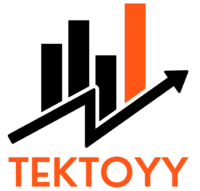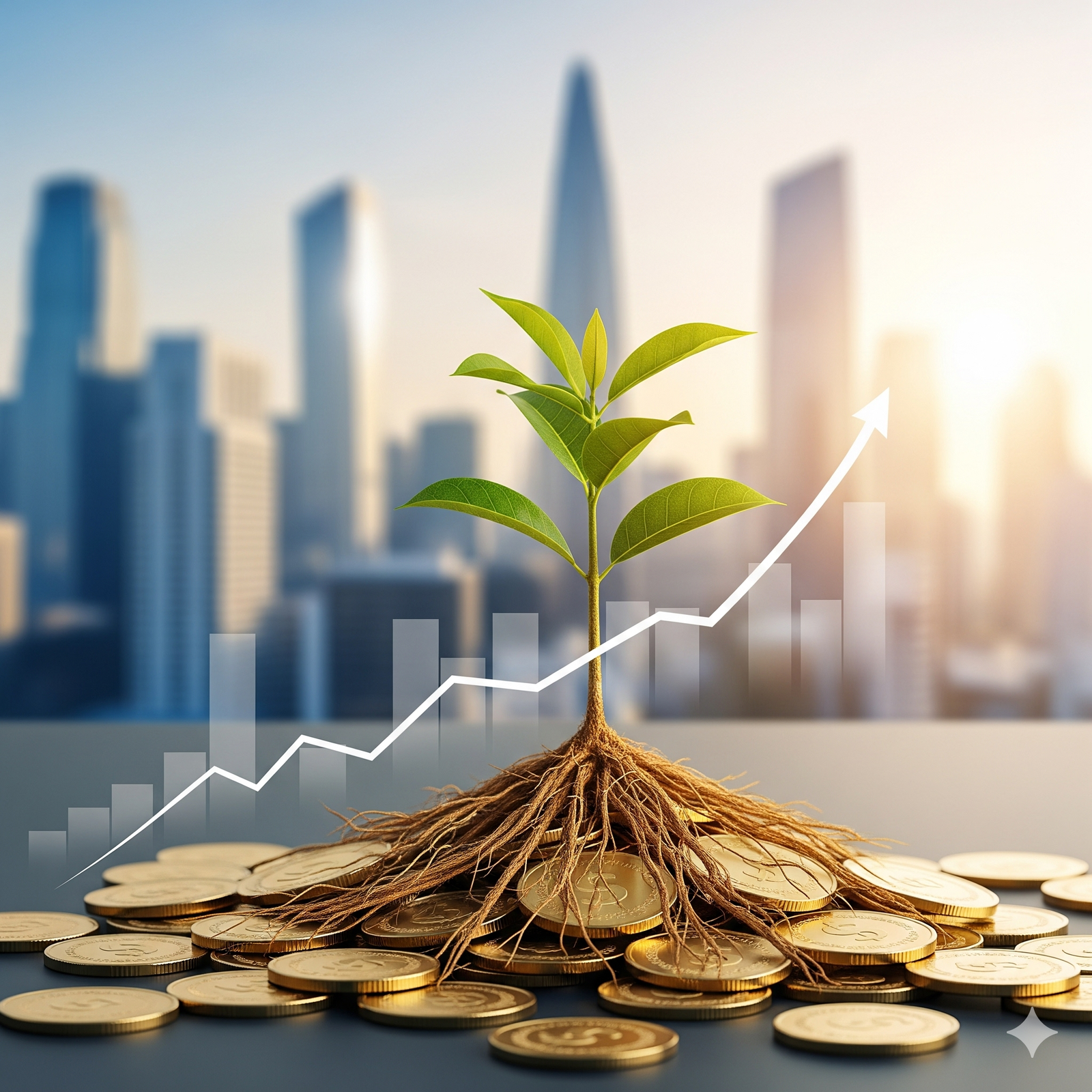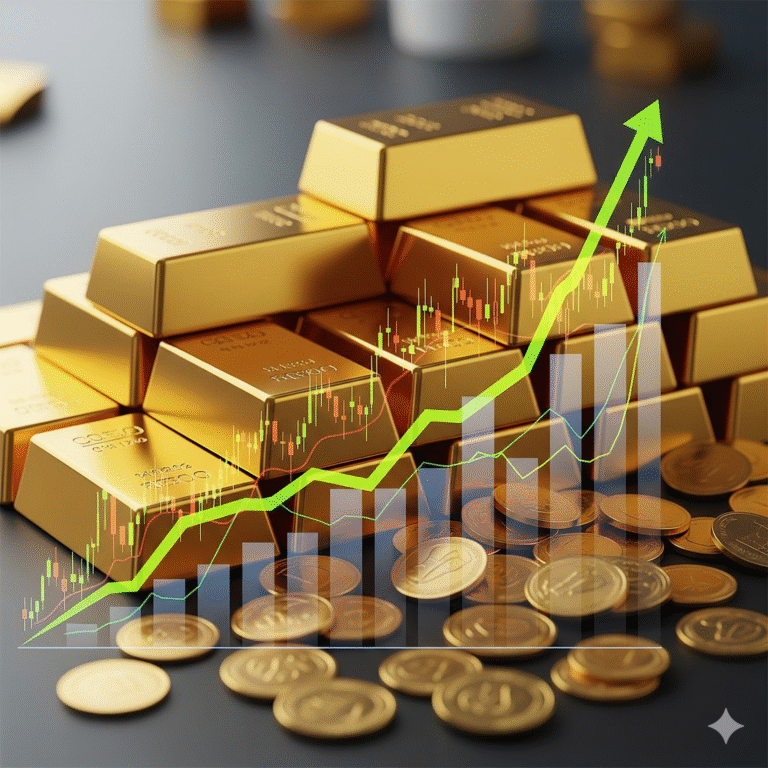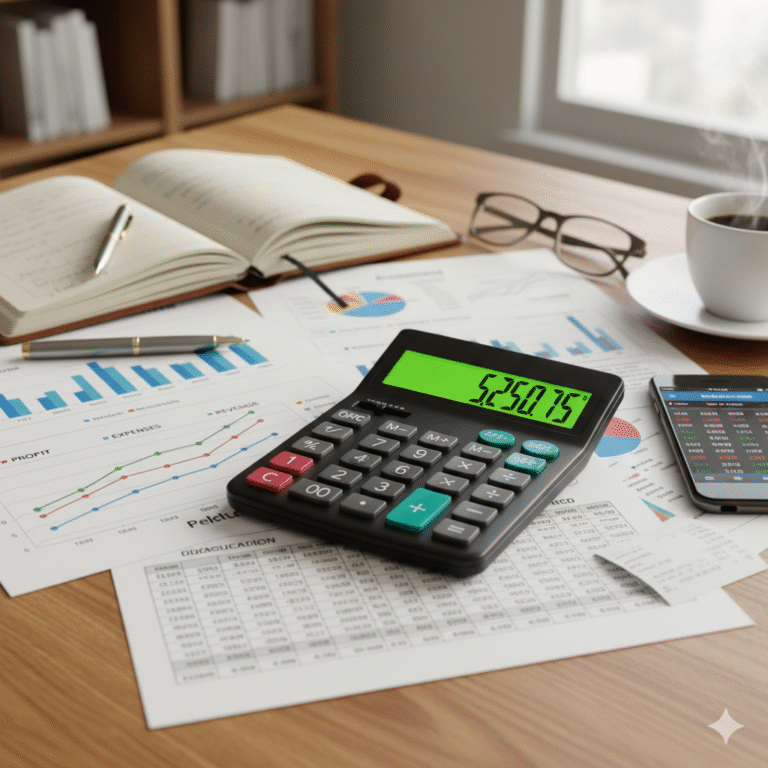There’s a force in the financial universe so powerful that Albert Einstein is often quoted as calling it the “eighth wonder of the world.” He supposedly added, “He who understands it, earns it; he who doesn’t, pays it.” This force isn’t some complex Wall Street trading strategy or a secret reserved for the ultra-wealthy. It’s a simple, elegant concept known as compound interest.
Understanding this single principle can be the difference between a lifetime of financial struggle and achieving true financial independence. It’s the silent engine that can turn small, consistent savings into a substantial fortune over time. But what is it, really? And more importantly, how can you harness its incredible power to build your own wealth?
This guide will break down the magic of compound interest into simple, easy-to-understand terms. We’ll explore how it works, why it’s the bedrock of all successful long-term investing, and provide you with actionable steps to make it start working for you, today.
Simple vs. Compound Interest: The Foundational Difference
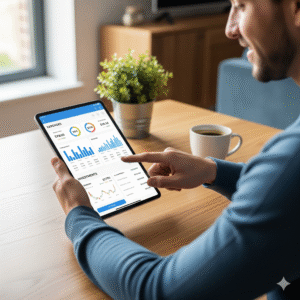
To grasp the power of compounding, you first need to understand what it isn’t: simple interest.
Simple Interest is straightforward. You earn interest only on your initial investment amount (the “principal”).
- Example: You invest $1,000 at a 10% simple annual interest rate.
- Year 1: You earn $100 (10% of $1,000). Your total is now $1,100.
- Year 2: You earn another $100 (10% of the original $1,000). Your total is now $1,200.
- Year 3: You earn another $100. Your total is now $1,300.
The growth is predictable and linear. You earn the same fixed amount each year.
Compound Interest, on the other hand, is where the magic happens. You earn interest not only on your principal but also on the accumulated interest from previous periods. Your interest starts earning its own interest.
- Example: You invest $1,000 at a 10% compound annual interest rate.
- Year 1: You earn $100 (10% of $1,000). Your total is now $1,100.
- Year 2: You earn $110 (10% of your new total, $1,100). Your total is now $1,210.
- Year 3: You earn $121 (10% of your new total, $1,210). Your total is now $1,331.
In just three years, compounding has already put you ahead. The difference seems small at first, but over time, this accelerating growth becomes an unstoppable force. Think of it like a snowball rolling down a hill. It starts small, but as it rolls, it picks up more snow, getting bigger and bigger, and moving faster and faster.
The Three Key Ingredients of the Compounding Engine
The compound interest formula relies on three critical components. Understanding the role of each is key to maximizing your results.
- Principal: This is the initial amount of money you invest. A larger principal will generate more interest in absolute terms, but it’s arguably the least important factor over the very long run compared to the other two.
- Interest Rate (Rate of Return): This is the percentage gain your investment earns over a period. A higher rate of return will significantly speed up the compounding process. While the historical average annual return of the S&P 500 has been around 10%, your actual returns will vary.
- Time: This is the undisputed superstar of compounding. Time is the magic ingredient that allows the snowball effect to take hold. The longer your money has to grow, the more dramatic the effects of compounding become. Because of the accelerating nature of its growth, the gains in the later years of your investment journey will vastly outweigh the gains in the early years.
Visualizing the Power of Time
Let’s see how a modest investment of $100 per month grows over time, assuming an average 8% annual return.
| End of Year | Total Contributions | Portfolio Value | Interest Earned |
| Year 1 | $1,200 | $1,245 | $45 |
| Year 5 | $6,000 | $7,446 | $1,446 |
| Year 10 | $12,000 | $18,417 | $6,417 |
| Year 20 | $24,000 | $58,902 | $34,902 |
| Year 30 | $36,000 | $150,030 | $114,030 |
| Year 40 | $48,000 | $349,101 | $301,101 |
Look closely at the numbers. In the first 10 years, you earned about $6,400 in interest. But in the last 10 years (from year 30 to 40), your portfolio grew by nearly $200,000! That is the astonishing power of time. Your money is no longer just growing; it’s multiplying.
The Rule of 72: Your Mental Shortcut for Compounding
The “Rule of 72” is a simple, brilliant shortcut to estimate how long it will take for an investment to double in value, given a fixed annual rate of return.
Formula: 72 / (Interest Rate) = Approximate Number of Years to Double
- At a 6% annual return, your money will double in approximately 12 years (72 / 6 = 12).
- At an 8% annual return, your money will double in approximately 9 years (72 / 8 = 9).
- At a 10% annual return, your money will double in approximately 7.2 years (72 / 10 = 7.2).
This rule powerfully illustrates why even small differences in your rate of return can have a massive impact over your lifetime, significantly cutting down the time it takes to reach your financial goals.
Why Compounding is the Investor’s Secret Weapon
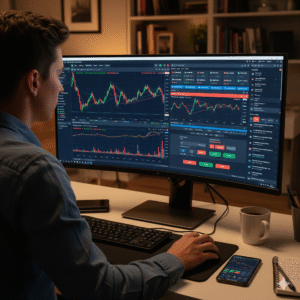
The concept is great in theory, but where does it actually show up in your investment life?
1. Retirement Accounts (401k, IRA)
Your retirement accounts are compounding machines. You contribute money, it’s invested in funds (which hopefully grow), and those returns are then reinvested, buying more shares, which then also grow. Over a 30- or 40-year career, this process can turn modest paycheck deductions into a multi-million dollar nest egg.
2. Dividend Reinvestment (DRIP)
Many stocks and funds pay out dividends, which are small distributions of a company’s profits to its shareholders. A Dividend Reinvestment Plan (DRIP) automatically uses that cash to buy more shares of the same stock or fund. This is a perfect, real-world example of compounding. Your shares pay dividends, those dividends buy more shares, and those new shares then pay their own dividends. It’s a virtuous cycle of automated wealth creation.
3. Overall Stock Market Growth
The long-term growth of the stock market itself is a form of compounding. Good companies earn profits. They can either pay those profits to shareholders as dividends or reinvest them back into the business—by building new factories, developing new products, or hiring more people. This reinvestment drives further growth and higher profits in the future, which in turn increases the company’s value (and its stock price).
The Dark Side: When Compounding Works Against You
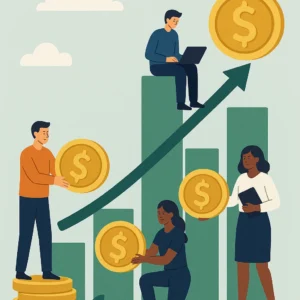
Einstein’s quote came with a warning: “he who doesn’t [understand it], pays it.” This refers to the devastating effect of compound interest when you are the one paying it, primarily in the form of high-interest debt.
Credit card debt is the most notorious example. Credit card companies charge high interest rates (often 20%+) and compound it daily.
Imagine a $5,000 credit card balance at a 22% APR. If you only make minimum payments, it could take you over 20 years to pay off, and you could end up paying more than $10,000 in interest alone—twice the amount you originally borrowed. The snowball is rolling down the hill, but it’s an avalanche of debt coming straight at you. This is why financial experts are so adamant about paying off high-interest debt as a top priority.
How to Maximize the Power of Compound Interest
So, how do you get on the right side of this powerful equation? The strategy is surprisingly simple.
1. START EARLY. No, Earlier.
Because time is the most critical factor, the single best thing you can do is start investing as early as possible. Let’s look at a classic example:
- Investor A (Starts Early): Starts investing $300 a month at age 25. She stops contributing completely 10 years later at age 35. Her total contribution is $36,000 ($300 x 12 months x 10 years).
- Investor B (Starts Late): Starts investing the same $300 a month at age 35 and continues for 30 years until age 65. His total contribution is $108,000 ($300 x 12 months x 30 years).
Assuming an 8% annual return, who has more money at age 65?
- Investor A: $562,382
- Investor B: $447,011
Even though Investor A contributed only a third of the money and stopped after 10 years, her early start gave her portfolio a 20-year head start on compounding, allowing her to finish with over $100,000 more. This is the unbelievable power of starting early.
2. Be Consistent and Automate
Make regular contributions to your investment accounts a non-negotiable part of your budget. The best way to do this is to automate it. Set up automatic transfers from your checking account to your investment accounts every payday. This removes emotion and ensures you are consistently feeding your compounding engine.
3. Keep Fees Low
Investment fees are a direct drag on your returns and a major enemy of compounding. A 1% annual fee might not sound like much, but over 40 years, it can consume nearly a third of your potential nest egg. Prioritize low-cost index funds and ETFs to ensure more of your money stays invested and working for you.
4. Be Patient and Let It Work
Once you’ve set up your automated, low-cost investment plan, the hardest part is leaving it alone. Resist the urge to pull your money out during market downturns or to chase short-term fads. Compounding works its magic over decades, not days. Patience is your greatest virtue as an investor.
The Inevitable Power of Time

Compound interest is not a get-rich-quick scheme. It is a get-rich-slow, but get-rich-almost-inevitably, strategy. It is the reward for discipline, consistency, and, above all, patience.
By understanding how this powerful force works, you can shift from being a passive consumer to an active owner. You can make the decision to have your money start working for you, instead of you always working for it. The best time to plant a tree was 20 years ago. The second-best time is today. Start now, start small, and let the eighth wonder of the world build your financial future.
